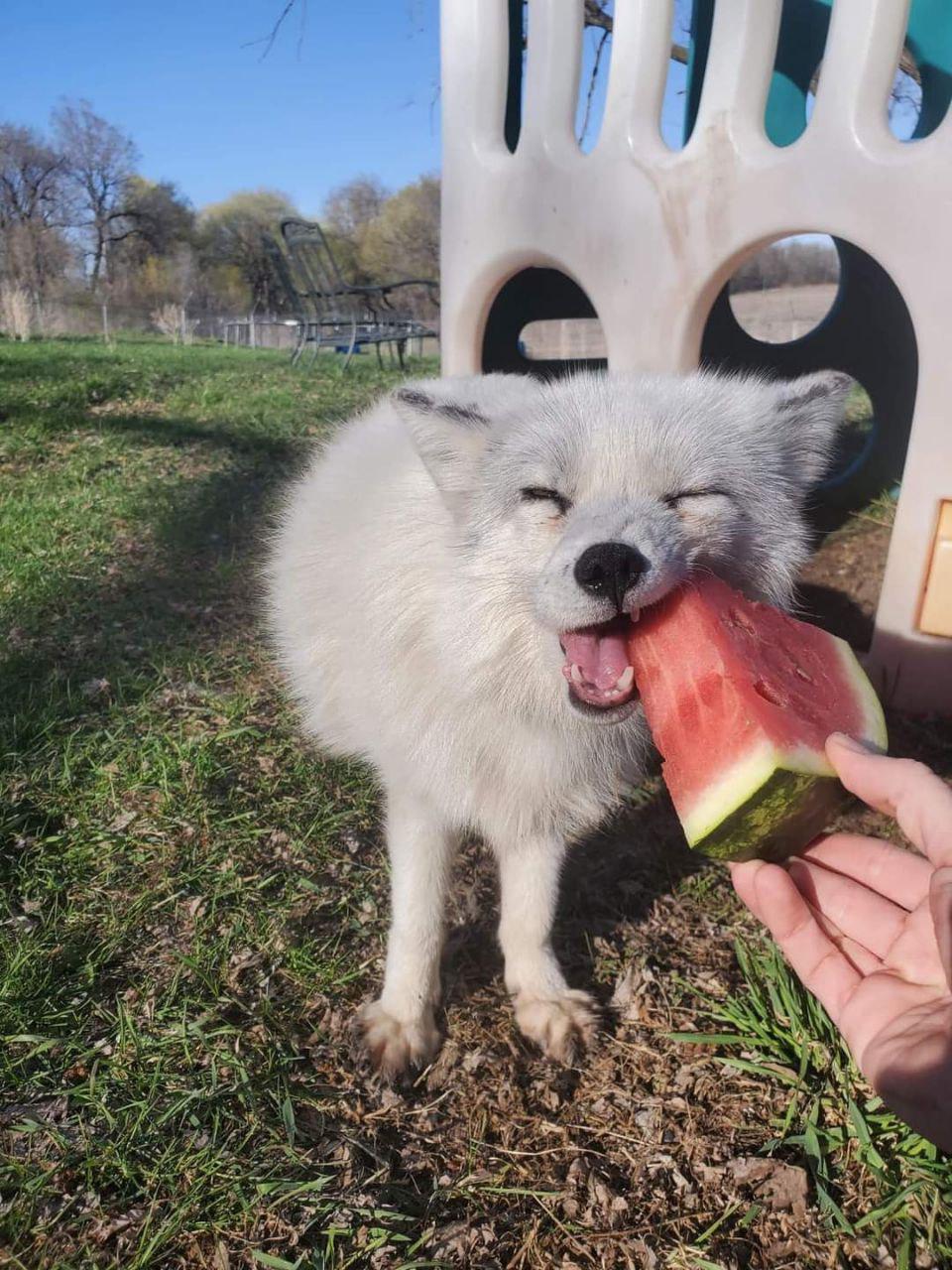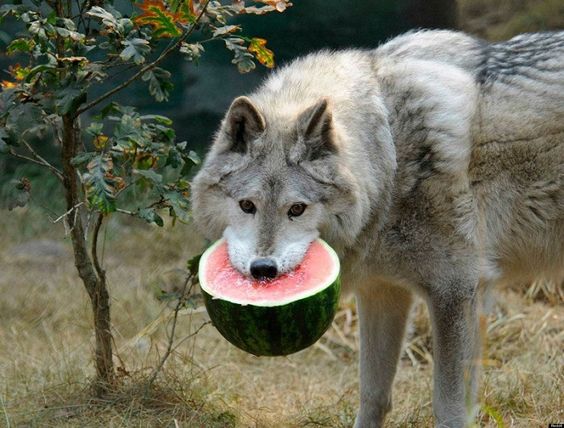

Fox news would never be so concerned about such “details” like “hey that’s obviously not a fox, what are you on about” /s
(I uploaded the wrong photo)



Fox news would never be so concerned about such “details” like “hey that’s obviously not a fox, what are you on about” /s
(I uploaded the wrong photo)



Fox news yet again lying through omission and blatantly forgetting the important news of foxes eating watermelons



The X service remains available to the people of Brazil, billionaire Elon Musk’s platform said on Saturday.
Wait so what do they mean by stopping operations in Brazil then? Just the offices and staff? The article isn’t super clear on it
OP’s account has no posts but three spamming this “IQ testing” site


The chart says it’s only looking at eligible voters
But looking it up shows around 4.6 million were disenfranchised in 2022 because of convictions. In semi-good news, it’s gone down recently in part because more states are starting to allow people to vote after they’ve served time. So if people keep pushing in other states, it can hopefully keep going that way


There are perceptional reasons why it may feel like milk worked better such as it being cooled vs using room temperature water. Or from being the second thing used. Or from various different factors
But the research above suggests it doesn’t do as much as people think it does
The infection risks are not the same. Milk has stuff in it that microbes like for growing where water doesn’t have nearly all that. Other stuff can enter inside. The eye infection pathway is concerning especially right now when bird flu seems to enter that way and is in large quatities of dairy milk. Not all pasturization methods are certain to actually remove it (i.e flash pasturization might not)
Edit: A minor point to clarify, capsaicin is in pepper spray but not tear gas. They often do get conflated but they are different


Only if they consent :3
(but also probably not great in terms of infection risk either)


I would think that alcohol on the eyes wouldn’t do too many good things to them, however


One of the studied things was using antacids in that pepper spray study and didn’t find much benfit for it for pepper spray. There currently doesn’t really seem to much that research confirm works any better than any other liquid over the eyes


However it’s often used in the context of already existing systematic issues. The bunch has already spoiled


Quite a range of things. It’s so many It’s hard to list them all. Some of these are more global than others:
Eyestalk ablation is the removal of one (unilateral) or both (bilateral) eyestalks from a crustacean. It is routinely practiced on female shrimps (or female prawns) in almost every marine shrimp maturation or reproduction facility in the world, both research and commercial.
https://en.wikipedia.org/wiki/Eyestalk_ablation
Chick culling or unwanted chick killing is the process of separating and killing unwanted (male and unhealthy female) chicks for which the intensive animal farming industry has no use. It occurs in all industrialised egg production, whether free range, organic, or battery cage.
https://en.wikipedia.org/wiki/Chick_culling
A gestation crate, also known as a sow stall, is a metal enclosure in which a farmed sow used for breeding may be kept during pregnancy.[1][2][3] A standard crate measures 6.6 ft x 2.0 ft (2 m x 60 cm).[4][5]
[…]
There were 5.36 million breeding sows in the United States as of 2016, out of a total of 50.1 million pigs.[8] Most pregnant sows in the US are kept in gestation crates.
https://en.wikipedia.org/wiki/Gestation_crate
Ventilation shutdown (VSD) is a means to kill livestock by suffocation and heat stroke in which airways to the building in which the livestock are kept are cut off. It is used for mass killing — usually to prevent the spread of diseases such as avian influenza. Animal rights organizations have called the practice unethical.


Marium webster has a good article about the history of the misappropriation of the phrase
https://www.merriam-webster.com/wordplay/one-bad-apple-spoil-the-barrel-metaphor-phrase


This smells like something being blocked by Cloudflare’s WAF (Web Application Firewall) rules. I’d imagine there might be a rule there to try to block requests that look like they could involve sensitive files like the passwd file
https://developers.cloudflare.com/waf/
The UI should probably alert you of there being an issue posting after getting a 403 response
It seems I shitposted too close to the shit
From global estimates
It’s estimated that three-quarters – 74% – of land livestock are factory-farmed
[…]
Combine land animals and fish, and the final estimate comes to 94% of livestock living on factory farms.
https://ourworldindata.org/how-many-animals-are-factory-farmed
In the mean time, there’s plenty of plant-based meats along with plant-based dishes and the like. If we only wait for cultured meat, harm will continue to be done
Was thinking more about cameras from journalists or other organizations
Their ads usually don’t show them inside even when they live there
Bringing up a Tyson competitor, the farm manager wonders how other poultry companies handle supposedly free-range-raised chickens. The short answer: They don’t, really.
“Those birds don’t go outside — you know that,” the technician replies. “They don’t all go out … Look that up online.”
The manager chimes in: “It’s not like they make it like all of ’em come out and enjoy the sun.”
“That is strictly for commercial [advertising] purposes,” the technician says. “They pick the prettiest birds [for commercials] and they toss ’em out in the grass.”


Wow, I’m honored to have shitposted that hard. Needed those words of motivation


A good place to start is by changing consumption levels as not doing doing so would make things much harder. It’d be difficult to maintain current consumption levels with slow-growing birds as it’d require a much larger number of chickens to be slaughtered
Maintaining this level of consumption entirely with a slower-growing breed would require a 44.6%–86.8% larger population of chickens and a 19.2%–27.2% higher annual slaughter rate, relative to the current demographics of primarily ‘Ross 308’ chickens that are slaughtered at a rate of 9.25 billion per year.
[…]
In sum, without a drastic reduction in consumption, switching to alternative breeds will lead to a substantial increase in the number of individuals killed each year, an untenable increase in land use, and a possible decrease in aggregate chicken welfare at the country-level scale
https://royalsocietypublishing.org/doi/full/10.1098/rsos.210478#d1e265
Important: If you’re on the suspese list rather than being fully removed (unsure if that’s the case here), you might still be able to vote but will need to show proof of residence. Contact your registrar to check that and ask them about it
https://www.nbcnews.com/news/latino/texas-voter-purge-warning-ballots-abbott-rcna168811
As a note to all: Check your voter registration status today as deadlines are very fast approaching (or even already past in some states)
https://vote.gov/register